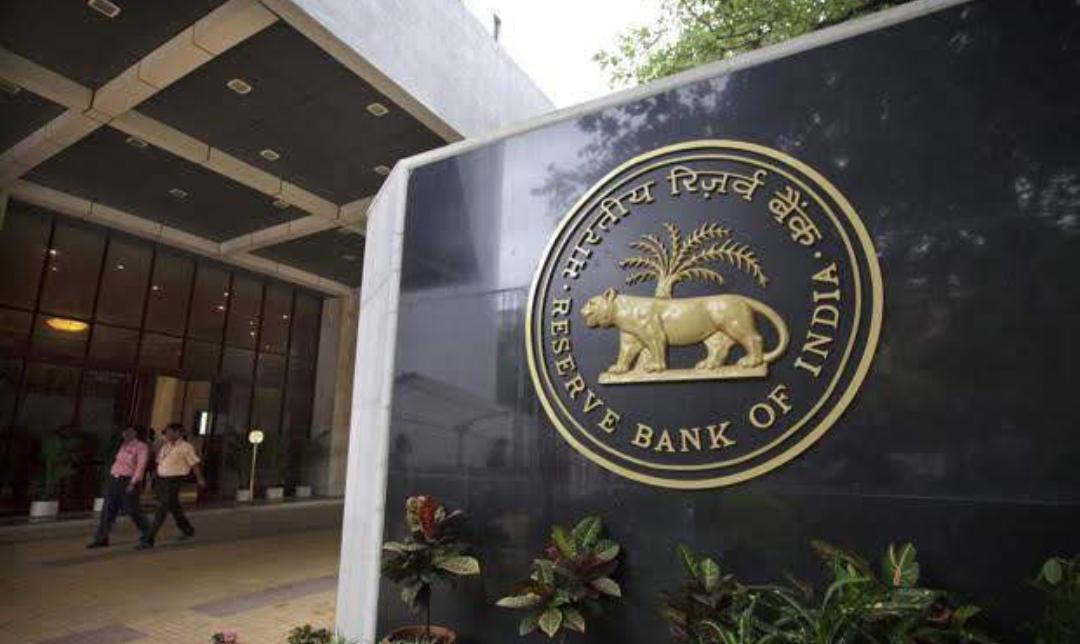
A major monetary policy announcement by the Reserve Bank of India (RBI) is expected on June 6, 2025. According to the State Bank of India (SBI), the country’s largest lender, there is a strong possibility that the central bank might go for a jumbo rate cut of 50 basis points. This move, if executed, will directly impact your EMIs and overall interest rates.
The monetary policy meeting of the RBI will begin on June 4 and conclude on June 6, when the official announcement will be made. The repo rate currently stands at 6 percent. The RBI has already reduced the repo rate twice in 2025 – by 25 basis points each in February and April. Now, according to the Economic Research Department of SBI, another significant cut may be on the cards.
A report titled “Prelude to MPC Meeting June 4–6, 2025” prepared by SBI’s Group Chief Economic Advisor Soumya Kanti Ghosh suggests that a 50 basis point rate cut is likely in the upcoming monetary policy. The rationale behind this anticipated decision is the slowdown in credit growth and rising economic uncertainties.
Let’s look into the factors influencing this expected move:
Slowing Credit Growth: As per the report, India's credit growth has slowed down to 9.8 percent as of May 2025. This is a stark drop compared to 19.5 percent a year ago. A large rate cut could make loans cheaper and revive demand in the economy.
Loan Benchmarking in Banks: Currently, about 60.2 percent of loans are linked to external benchmark-based lending rates, while 35.9 percent are tied to MCLR (Marginal Cost of Funds based Lending Rate). After the earlier rate cuts in February and April, several banks have already reduced their repo-linked rates. Some have even lowered interest rates on savings accounts to 2.7 percent, and fixed deposit (FD) rates have also been reduced by 30 to 70 basis points.
Unusual Trend in Rate Cut Impact: Interestingly, the SBI report notes that the impact of the rate cut is being seen first on deposit rates this time, which is a deviation from the usual pattern where lending rates are impacted earlier.
Inflation Outlook: The Consumer Price Index (CPI)-based retail inflation is expected to remain under control. SBI has projected CPI inflation at 3.5 percent for FY26. This is attributed to a favorable monsoon, better crop output, and a decline in crude oil prices.
Liquidity and Financial Stability: The report indicates that there is no significant concern about liquidity or financial stability at the moment. These conditions provide RBI with enough room to make a bold rate cut decision.
GDP Growth and Capital Formation: India's GDP grew by 7.4 percent in Q4 of FY25, slightly lower than the 8.4 percent growth recorded in the same quarter last year. However, there is a silver lining — gross capital formation, which indicates investment in the economy, has seen a robust 9.4 percent increase. This highlights strengthening in capital expenditure and infrastructure spending.
Given the stable inflation, adequate liquidity, and the need to support economic growth, SBI believes that RBI has a strong case for a substantial rate cut.
If the central bank indeed cuts the repo rate by 50 basis points, it could provide significant relief to both individuals and businesses. Cheaper loans would ease the financial burden on borrowers and increase liquidity in the market. This, in turn, could spur economic activity and support broader economic recovery.
All eyes are now on the RBI’s decision scheduled for June 6. Whether it will be a 50 basis point cut, a more modest 25 basis point reduction, or no change at all, remains to be seen. The monetary policy meeting begins on June 4, and its outcome will be crucial for households, corporates, and financial markets alike.
Stay tuned for the final decision on June 6.
Disclaimer:
The information presented in this article is based on publicly available data, expert opinions, and research reports as of June 2025. It is intended for informational purposes only and should not be construed as financial or investment advice. Readers are advised to consult with a qualified financial advisor or conduct their own research before making any financial decisions. The blog and its author are not responsible for any losses or decisions made based on the content of this article.




